Varroc Aims To Leverage GPS And ABS Sensors To Provide TPMS Data
- By Nilesh Wadhwa
- January 09, 2025
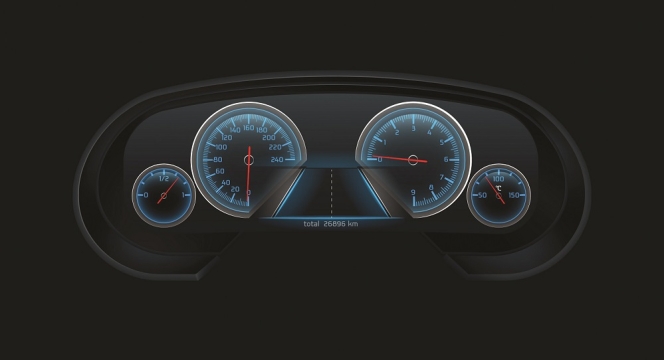
The Tyre Pressure Monitoring System (TPMS) tech, despite its huge safety benefit, is still seen as a premium feature in most mass-market passenger vehicle segment and two-wheelers in India. Aurangabad-based component supplier Varroc’s Indirect TPMS with over 90 percent accuracy aims to make smart inroads. Tier 1 automotive supplier Varroc is looking to harness the data from GPS sensor and Anti-Lock Braking System (ABS) sensors to provide tyre pressure information to two-wheelers and four-wheelers.
The company is looking to make smart gains through Indirect Tyre Pressure Monitoring Systems (ITPMS), which rely on existing sensors in a vehicle to generate the information without compromising on quality and time-lag.
 Fritz Abraham, Chief Technology Officer, Varroc, told Tyre Trends that “the direct TPMS uses pressure sensors at the air inlet of each tyre and communicates the information to the vehicle dashboard using wireless communication or through complex harness. This is not only expensive but also require heavy maintenance. If there exists a solution that can use the existing sensors and provide the information of tyre pressure, it is the ‘Indirect/Intelligent Tyre Pressure Monitoring System’. This system provides information of the tyre pressure without the need of a pressure sensor.”
Fritz Abraham, Chief Technology Officer, Varroc, told Tyre Trends that “the direct TPMS uses pressure sensors at the air inlet of each tyre and communicates the information to the vehicle dashboard using wireless communication or through complex harness. This is not only expensive but also require heavy maintenance. If there exists a solution that can use the existing sensors and provide the information of tyre pressure, it is the ‘Indirect/Intelligent Tyre Pressure Monitoring System’. This system provides information of the tyre pressure without the need of a pressure sensor.”
The radius of the tyre changes with respect to air pressure and hence the linear displacement per one rotation of tyre changes with respect to the pressure. The linear displacement can also be measured using GPS by calculating the rotational speed of the wheel and radius of the tyre.
The ITPMS solution simply put is a software stack that can be integrated with Varroc’s cluster and telematics solutions. The machine learning (ML) software analyses various parameters set by the company to provide tyre pressure reading to the user. Since it does not require any additional TPMS hardware, it is substantially cheaper compared to solutions using battery-based sensors.
“The ITPMS exploits the deviations in linear displacement with respect to wheel rotations and predicts the tyre pressure. This relation is not straightforward; it is a complex method to derive the mathematical equations. Hence, ML techniques are used to quantify the relation,” said Abraham.
The ITPMS primarily requires a GPS sensor (telematics data) and ABS, which is integrated during the vehicle assembly level. Varroc states that OEMs will be able to provide access to the tyre pressure on any HMI (Human-Machine Interface) device like the vehicle instrument cluster, vehicle telematics and connectivity app, among others, to easily provide the information of the tyre pressure.
Varroc had initially initiated the development of the ITPMS specifically for two-wheeler applications. The company mounted a GPS device on a two-wheeler equipped with ABS. It collected the data during vehicle operation across varied scenarios, including differing tyre pressures, diverse road conditions and various weather conditions such as sunny and rainy days.
“This data was then post-processed and analysed using data science and machine learning techniques to develop a model that accurately captures the relationship between tyre pressure, wheel speed and the speed as measured by the GPS. This model forms the foundation for understanding and monitoring tyre pressure indirectly using available data points from the vehicle’s operation,” he shared.
Demand scenario for TPMS
It is no secret that while TPMS technology has been around for more than a couple of decades, its adoption in India still remains a very small percentage. In India, most TPMS solutions available in the OE as well as aftermarket are Direct TPMS.

They are said to have their own set of challenges, such as its reliability due to varying temperatures, environmental and climatic conditions. Then there are the challenges associated with wireless communications. Sensor battery issues and cost too are deterrent factors.
On the other hand, the small percentage of vehicles that utilise existing ITPMS categorise the tyre pressure in broad classifications (low pressure or high pressure). They do not provide precise measurements, which limits their adoption and effectiveness in ensuring optimal tyre performance and safety.
However, Varroc already has developed the ITPMS to provide basic information (low or high); now it is in advanced stages of development to provide precise tyre pressure information with over 90 percent accuracy. While the company has been tight-lipped about the introduction of the solution in the market, Varroc is said to be in discussions with its clients to bring it to the market soon.
Abraham further shared, “The primary reason for the limited adoption of TPMS is cost. Premium segment vehicles often include TPMS as a standard feature due to the higher price range, making it more feasible to absorb the associated costs. In contrast, aftermarket TPMS solutions are generally expensive and demand ongoing maintenance, which can be a deterrent for many vehicle owners. Additionally, there is a general lack of awareness regarding the importance of maintaining optimal tyre pressure. Many drivers may not fully understand the safety, performance and fuel efficiency benefits of consistent tyre pressure monitoring, further impacting the adoption rate of TPMS systems.”
As per the company, the ITPMS comes with self-learning feature and is designed with 80 percent cold tyre pressure threshold and tested per AIS 154. The threshold can be further optimised and customised as per the requirement of the customer.
GRI Tyre Wins Sustainability And Innovation Honours At Automechanika Dubai
- By TT News
- December 23, 2025
ULTIMATE GREEN XT tyre has won two awards at the Awards, receiving Sustainable Product of the Year and being Highly Commended in the Innovative Product of the Year category.
The awards were presented last week in Dubai and add to earlier recognition for the product, which received the Best Innovation in Sustainability award at in Chicago earlier this year.
The Sustainable Product of the Year and Innovative Product of the Year categories recognise products that demonstrate environmental responsibility and technological innovation in the global automotive and mobility industry. The judges cited the tyre’s use of environmentally friendly materials and its reduced environmental impact.
The ULTIMATE GREEN XT, identified by its green colour, has been developed with a focus on sustainability while maintaining performance, durability and safety standards. The Sustainable Product of the Year award reflects its contribution to more sustainable mobility solutions, while the innovation commendation highlights its design and engineering approach.
Automechanika Dubai is the largest international trade fair for the automotive aftermarket across the Middle East, Africa and South Asia, bringing together manufacturers, suppliers and industry leaders. Recognition at the event underlines the international profile of the ULTIMATE GREEN XT following its earlier award in the United States.
Barry Guildford, global commercial director of GRI Tires, said, “This recognition at Automechanika Dubai is a proud milestone for GRI. The ULTIMATE GREEN XT reflects our vision of delivering innovative tire solutions that support sustainability while meeting the evolving needs of our customers worldwide.”
GRI said it would continue to invest in research and development aimed at advancing sustainable tyre technologies, following the continued recognition of the ULTIMATE GREEN XT in international markets.

The rollout of GST 2.0 marks a defining moment in India’s economic journey – a reform that may well prove even more consequential than the original introduction of the Goods and Services Tax. Especially for a sector like tyres, the recent reduction in (GST) on tyres is far more than just a change in numbers. It is a transformative step that touches every wheel turning on India’s roads – from a farmer’s tractor to a trucker’s long-haul trailer and from a commuter’s scooter to a construction vehicle powering the nation’s infrastructure.
For years, tyres were taxed at 28 percent – the highest GST slab, clubbed with luxury and demerit goods. This categorisation never truly reflected the essential role tyres play in our everyday lives. Tyres are not a luxury. They are a fundamental enabler of mobility, supporting the movement of people and goods across cities, towns and villages. By bringing GST rates on tyres down to a more rational level, the government has addressed a long-standing anomaly and set the stage for widespread benefits across the economy.
The most visible impact of this move will be felt on the ground – literally. Lower GST means more affordable tyres for all users. Especially for transporters and fleet operators, tyres account for a significant chunk of vehicle running costs. A reduction in tax translates into lower replacement costs, freeing up working capital and improving operational margins. Farmers, small traders, delivery personnel, service providers, transporters – every segment that relies on mobility will feel this relief.
India has been working hard to bring down logistics costs, which are believed to be about 13–14 percent of GDP – much higher than global benchmarks. Tyres have a direct bearing on vehicle operating efficiency, fuel consumption and maintenance schedules. When tyres become more affordable, operators can replace tyres on time, and run vehicles more efficiently.
This naturally leads to lower logistics costs. Reduced logistics costs ripple across the value chain, helping industries move goods faster and at lower cost. This aligns perfectly with India’s ambition to become a more globally competitive manufacturing and trading hub.
Tyre industry’s story is not just urban – it’s deeply rural as well. Tractor tyres, power tiller tyres and tyres for animal-drawn vehicles are integral to the agricultural economy. A reduction in GST brings meaningful relief to farmers and small cultivators who rely on these tyres for their daily operations. By easing this cost, the government has extended direct support to rural mobility and agricultural productivity – an often underappreciated but critical outcome of this reform.
One of the most powerful yet often overlooked impacts of this decision lies in road safety. Worn-out tyres are a major cause of road accidents, particularly on highways. High replacement costs often lead to tyres being used well past their safe life.
With lower GST making new tyres more accessible, both individual motorists and commercial fleet owners are more likely to replace tyres on time, keeping vehicles safer and reducing accident risks. This complements the government’s broader road safety agenda, making highways not just faster but safer for everyone.
For the Indian tyre industry, which is one of the largest in the world, this reform is a game changer. It creates a more balanced tax structure, supports better cash flow, improves compliance and strengthens the competitiveness of domestic manufacturers. It will also encourage investment and capacity expansion, enabling the industry to serve growing domestic demand and tap export opportunities more effectively.
The GST reduction on tyres is a strategic, forward-looking policy decision that will benefit the entire mobility ecosystem. It acknowledges the essential role tyres play – not just as a product, but as a critical enabler of transportation, logistics, rural livelihoods and road safety.
As this reform takes root, its positive impact will be felt by consumers, businesses, farmers and industries alike. The tyre industry, represented by ATMA, welcomes this move wholeheartedly and remains committed to working alongside the government to strengthen India’s journey towards affordable, efficient and safe mobility for all.
The author is Director General of the New Delhi-based tyre industry association, Automotive Tyre Manufacturers’ Association (ATMA).The views expressed here are personal.
WACKER Secures Gold Medal In EcoVadis Sustainability Rating
- By TT News
- December 18, 2025

WACKER has earned the 2025 Gold Medal from the independent rating agency EcoVadis, marking its continued recognition for sustainable practices and responsible corporate governance. This distinction places the company within the top five percent of all businesses assessed by EcoVadis (over 1,000 companies globally). WACKER's overall score improved from 77 points (in 2024) to 79 points, driven largely by enhanced reporting and concrete actions focused on Scope 3 emissions and ethical standards.
The EcoVadis assessment measures the quality of a company’s sustainability management through a methodology grounded in international frameworks like the Global Reporting Initiative, the UN Global Compact and ISO 26000. Performance is scored from 0 to 100 across four core areas: environment, labour and human rights, ethics and sustainable procurement, using 21 specific indicators.
In line with its commitment, WACKER provides its EcoVadis evaluation to customers as a standardised and credible validation of its sustainability efforts. The company has also defined ambitious climate targets, aiming to halve its absolute greenhouse gas emissions by 2030 relative to 2020 levels. Progress is already evident, with a 30 percent reduction achieved as of 2024. Looking further ahead, WACKER strives to reach net-zero emissions across its operations by the year 2045.
Peter Gigler, Head of Corporate ESG, WACKER, said, “The result confirms our initiatives in many key areas. It provides our customers with invaluable proof.”
Craig Borman Appointed As Head Of OTR At BKT USA
- By TT News
- December 18, 2025
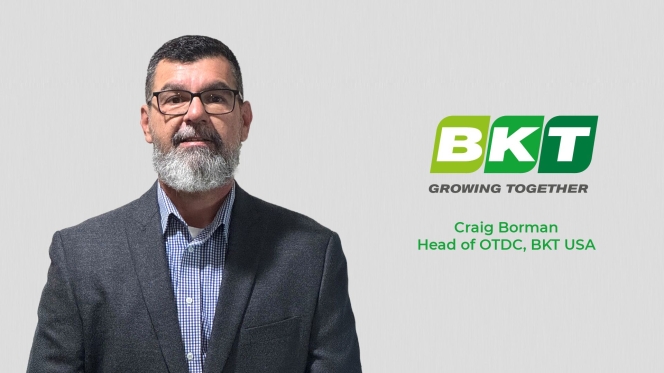
Balkrishna Industries Ltd (BKT Tires), a global leader in off-highway tyre manufacturing, has appointed Craig Borman as Head of OTR at BKT USA. The appointment is in line with BKT’s long-term strategy through 2030.
Borman brings with him 20 years of experience across off-road equipment, tyres and rubber tracks. He will play a key role in leading BKT USA's OTR team and expanding the company's presence in this market while increasing awareness of the value and dependability of BKT's range of products.
Borman said, “I’m extremely excited to join the BKT family and to build off the successes that this team has already achieved. I look forward to engaging with our partners, determining how we can accelerate our mutual growth and working towards achieving BKT’s vision of being a recognised leader in the OTR segment.”


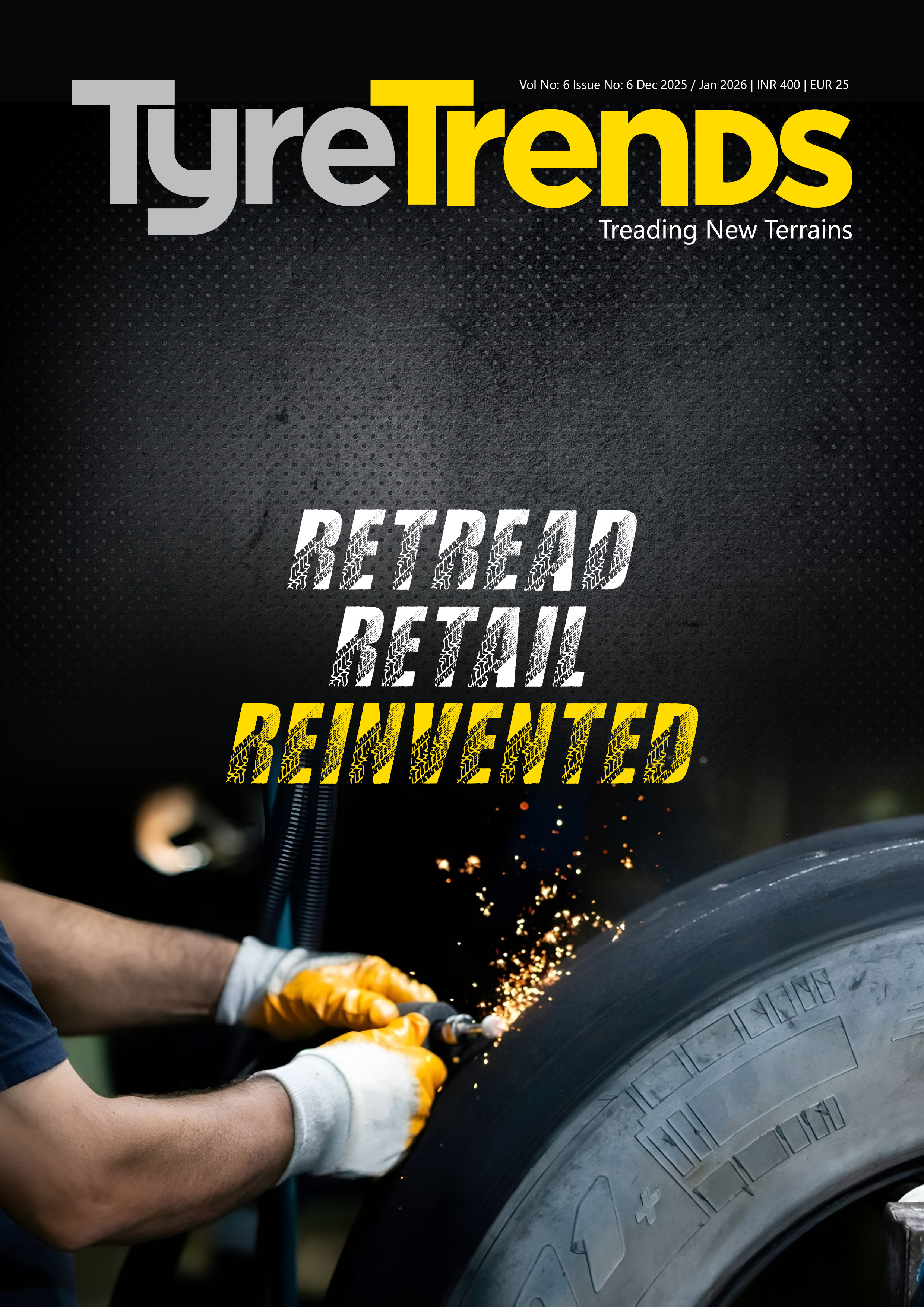
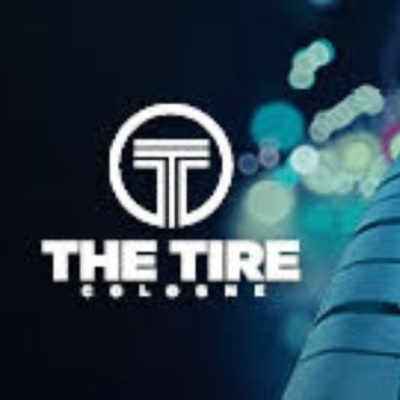
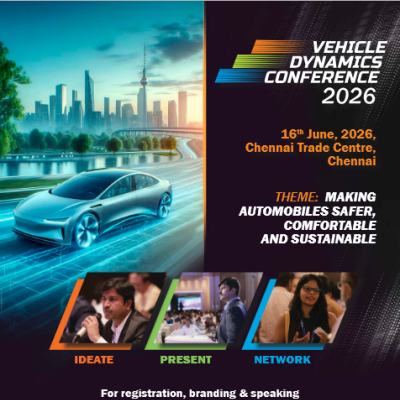

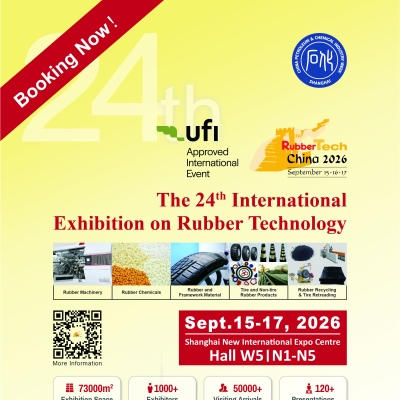
Comments (0)
ADD COMMENT